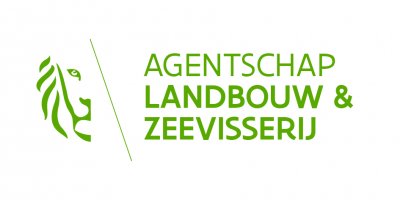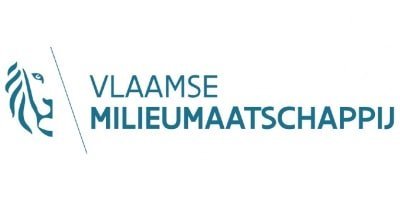Stepping stone towards a circular city
Demonstration of Carbstone clinkers in Ghent
The aim of "Stapsteen naar een circulaire stad" (Step Stone to a Circular City) was to demonstrate new, sustainable building materials in the urban environment of Ghent. The technology chosen was Carbstone technology. In this technology, building materials are produced by the reaction of waste materials with CO2 and thus without the use of cement. In our project, we chose to make Carbstone clinkers for the construction of a footpath. In this way, many people would come into contact with the new material.
As a raw material, we chose local steel slag from Arcelor Mittal Gent, supplemented with carbinox and stinox. These are fractions of stainless steel slag from the process of Orbix, a company that, among other things, develops sustainable materials and technologies for the construction sector.
In a first step, all raw materials were examined and thoroughly characterised. Subsequently, using lab and pilot tests, the recipe was fine-tuned to meet the technical requirements of a standard concrete clinker (according to EN 1338). Once the optimal recipe was defined at lab scale, it was further adapted for large-scale production at Orbix in a series of production runs. Finally, they produced 110 m² of Carbstone clinkers with which we laid a new footpath for the Arteveldehogeschool in Leeuwstraat (Ghent).
Key results |
Key lessons learned |
|
|
What will the future bring?
The project "Stapsteen naar een circulaire stad" (stepping stone to a circular city) fits within the municipal policy for 'circular economy Ghent'. The City of Ghent thus aims at the systemic development and implementation of a circular economy through the realisation of new value chains for the reuse of waste and material flows in the Ghent economy. Living labs such as Stapsteen are very important for social acceptance.
STRABAG, Bioterra en Orbix - Biostroom
Stadsbestuur van Gent
Partners VITO, Orbix, Peter Stouthuysen, Universiteit Gent
















